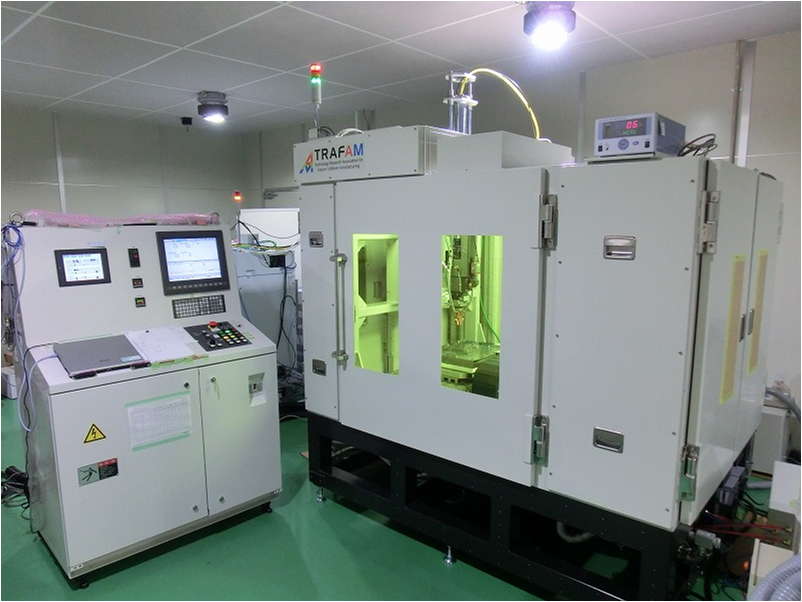Toshiba develops speedy 3D metal printer
Toshiba just recently unveiled its prototype of a 3D metal printer that works “10 times faster” than the current methods for metal sintering.

Toshiba is employing typical 3D printing technology methods, which create objects by depositing layers of material on a substrate in order to build multiple layers into complex shapes.
Toshiba’s new 3D printer uses laser metal deposition (LMD) technology that deposits powdered metal and delivers a laser beam in tandem. The laser heats the powder fuses into a shaped agglomeration.
What makes the printer so fast is the new nozzle which is based on Toshiba’s fluid simulation technology. The nozzle reduces the area to which metal particles are injected, and the laser beam focuses precisely on the tiny area covered by the powder. The prototype achieves a fabrication speed of 110 cc an hour and has an 800-watt laser output. According to the company, it can build larger structures at a lower cost than current methods.
The printer works with materials like stainless steel, Inconel, and iron.
The company will continue to fine-tune interfacing with 3D CAD software and hopes to bring the printer to market by 2017.
Toshiba will use LMD 3D printers to manufacture parts for social infrastructure systems in order to improve production efficiency.


Comments are closed, but trackbacks and pingbacks are open.